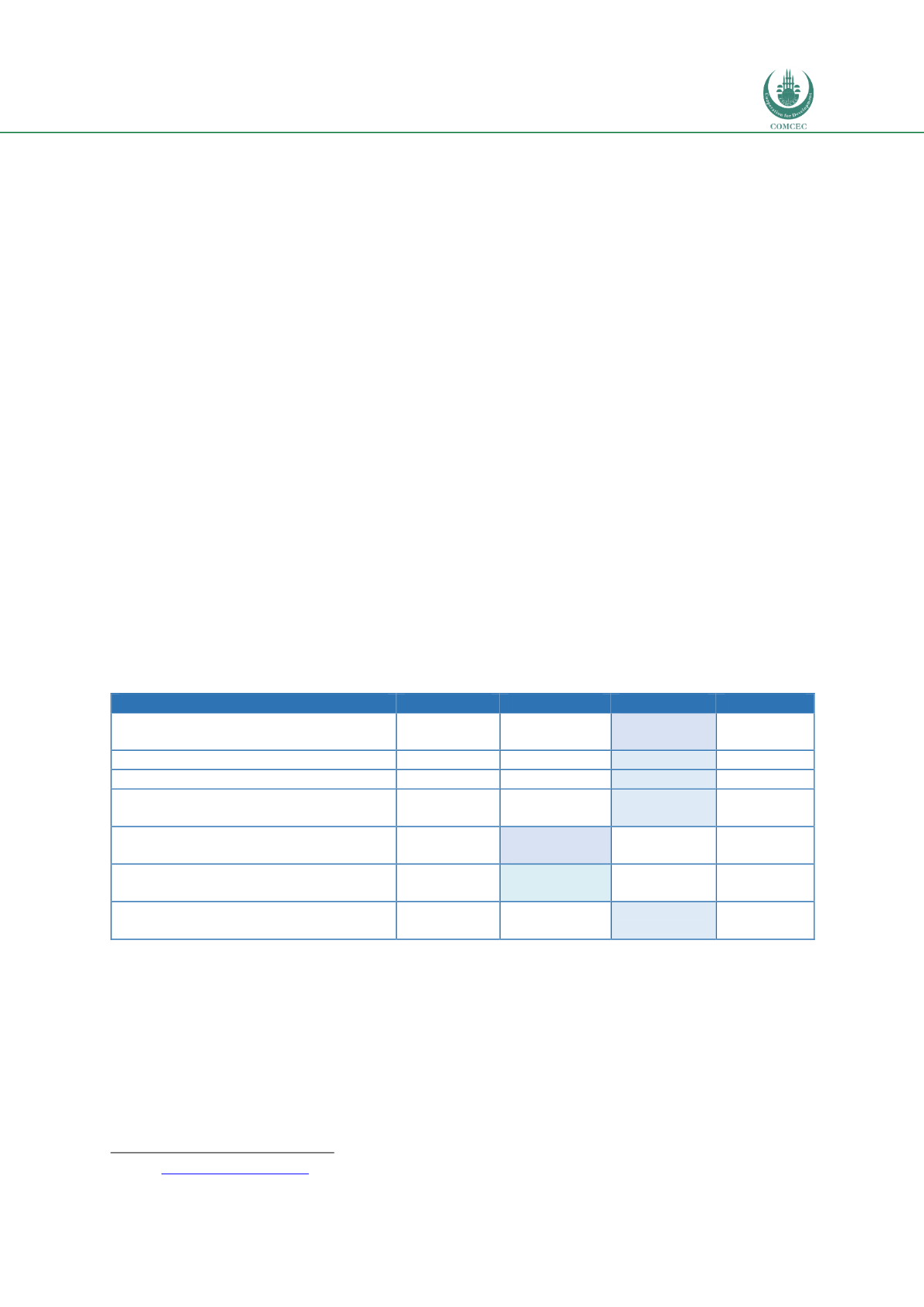

Governance of Transport Corridors in OIC Member States:
Challenges, Cases and Policy Lessons
109
The ASEAN Secretariat’s basic function is to provide for greater efficiency in the coordination of ASEAN
organs and for more effective implementation of ASEAN projects and activities. The ASEAN Secretariat
could play an important role in the coordination of the development of the maritime corridor.
7.2.4
Infrastructure: financing, planning and programming
There are sources available to contribute to the governance of ASEAN including the development of its
corridors. The most important one is the operational budget of the ASEAN Secretariat, which shall be
met by ASEAN Member States through equal annual contributions, which shall be remitted in a timely
manner. ASEAN does not have budgets for investments in infrastructure, but may collaborate with
International Finance Organisations such as the Asian Development Bank to support the development
of infrastructure along its main corridors.
7.2.5
Corridor performance monitoring and promotion
ASEAN has its own monitoring system for implementation of agreements and activities. Statistics are
collected, processed and published on the ASEAN website on a regular basis
63
.
A wealth of information is made available on the ASEAN website, including speeches, statements and
other promotion material. There is no structural promotion of the ASEAN maritime corridors.
7.2.6
Assessment of transport governance level
The seven corridor governance domains of the ASEAN Maritime Corridor, as presented in this section,
are ranked against the four defined corridor governance levels (information exchange; coordination;
cooperation; integration), as introduced i
n Table 2.9.The ASEANMaritime Corridor governance levels
are presented below.
Table 7.3 ASEAN Maritime Corridor governance levels
Governance domains
Information Coordination Cooperation Integration
Corridor objectives and political
support
Legal framework
Institutional framework
Infrastructure: financing, planning and
programming
Corridor performance monitoring and
dissemination
Corridor promotion and stakeholder
consultation
Capacity building: technical assistance
and studies
Source: consortium.
7.2.7
Conclusions
ASEAN has a very strong legal framework and the ASEAN Charter, which entered into force in 2008
and was renewed in 2016, provides binding rules and regulations for the ASEAN Member States. This
process was reinforced by the establishment of the ASEAN Economic Community (AEC) in 2015, which
was an important further step towards regional economic integration.
63
See
: http://asean.org/resource/ .















